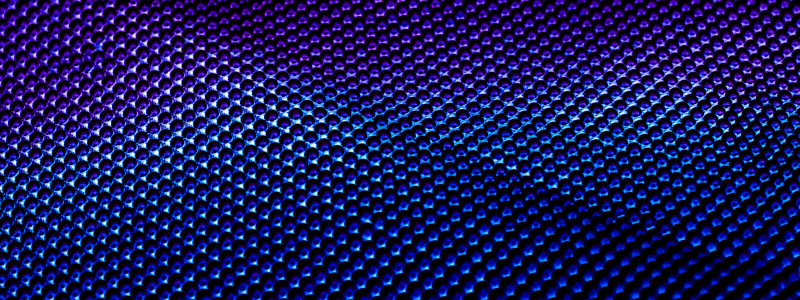Mastering UI/UX Development with Laravel and React/Next.js: A Complete Guide for Modern Web Projects
Learn how to build stunning, high-performance web applications using Laravel backend and React/Next.js frontend. Discover UI/UX best practices, tools, and expert tips to elevate your web projects.

Introduction to UI/UX Development with Laravel and React/Next.js
- Modern web development demands more than just good code — users expect seamless, intuitive, and beautiful experiences. Combining the power of the Laravel backend with React/Next.js frontend gives me the tools to build applications that are both fast and user-friendly.
- In this guide, I explore how to craft high-performing websites and applications using this tech stack, with a special focus on UI/UX best practices.
- Whether I'm building a SaaS product, eCommerce site, or portfolio, the right approach to frontend and backend integration is key.
Check out my web development services to learn how I help clients bring their ideas to life.
Why Choose Laravel as Your Backend Framework
- Laravel is a robust PHP framework known for its elegant syntax, scalability, and built-in tools like routing, authentication, and queues.
- With Laravel, I can build secure APIs, handle database operations efficiently, and integrate seamlessly with frontend frameworks.
- It provides a strong foundation for complex web applications and ensures that backend logic runs smoothly.
Learn more about me and my mission.
React and Next.js: The Ultimate Frontend Duo
- React.js is a powerful JavaScript library for building user interfaces. With its component-based architecture, it allows for modular, maintainable code.
- Next.js adds server-side rendering, static site generation, and performance optimizations on top of React, making it ideal for SEO-friendly, fast-loading websites.
- Together, they empower me to create responsive, dynamic user interfaces that delight users across devices.
Explore my portfolio to see projects built with React and Next.js.
UI/UX Best Practices for Laravel + React/Next.js Projects
- Focus on simplicity and clarity: I keep interfaces clean and intuitive.
- Prioritize performance: I optimize images, reduce API calls, and use lazy loading where possible.
- Ensure accessibility: I make sure my sites meet WCAG standards for all users.
- Leverage Laravel's API capabilities to deliver fast, scalable data to the frontend.
- Use React components for reusable UI elements and Next.js for blazing-fast page loads.
Get in touch with me to discuss your next project.
How to Integrate Laravel Backend with React/Next.js Frontend
- I set up a Laravel REST API or GraphQL server to handle data requests.
- I use React on the frontend to consume this API and render dynamic content.
- With Next.js, I can add features like static site generation (SSG) or server-side rendering (SSR) for better SEO.
- I use Laravel Passport or Sanctum for secure API authentication.
- I implement error handling, loading states, and user feedback to improve UX.
SEO Tips for Laravel + React/Next.js Applications
- I use Next.js SSR or SSG to ensure pages are SEO-friendly and indexable.
- I add meta tags, Open Graph data, and structured data to improve search visibility.
- I optimize URLs, image alt tags, and content hierarchy for search engines.
- I leverage Laravel to generate dynamic sitemap.xml and robots.txt files.
Conclusion
- Combining Laravel backend with React/Next.js frontend is a powerful approach for modern web development.
- It enables me to deliver exceptional UI/UX while maintaining robust backend functionality.
- By following best practices and focusing on performance, accessibility, and SEO, I can build applications that stand out in today’s competitive landscape.




